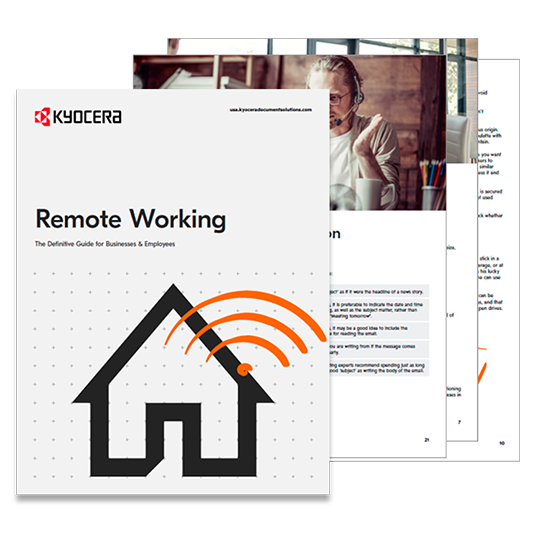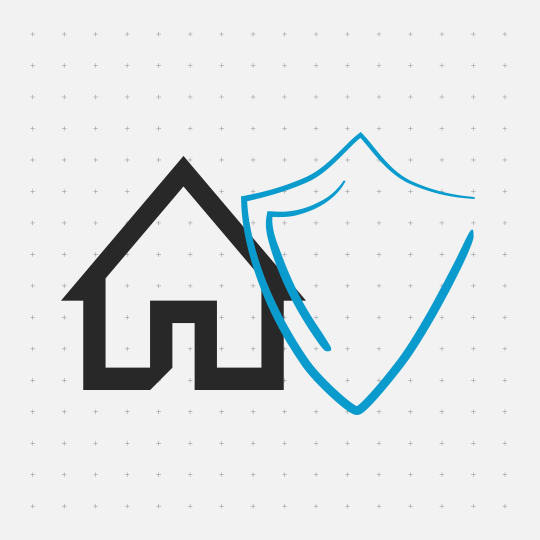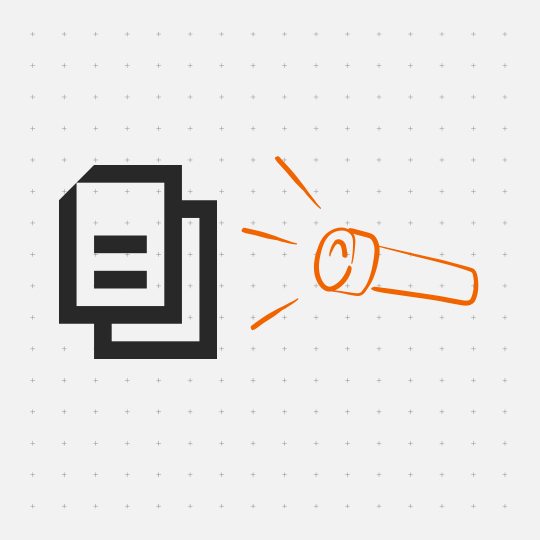The way we work has been fundamentally changed. The traditional concept of fixed hours at a fixed work station has been challenged to its core as emerging technologies continue to give companies of all sizes a platform to become more robust and agile, less reactive and more proactive – traits which have become a pre-requisite in an age when globalisation continues to dictate how markets operate.will be underpinned by communication and driven by technology.
Some industries are more conducive than others to remote working but the success of this phenomenon will be largely dictated by one common factor, regardless of company shape or size: communication. A business can have wonderfully innovative products or services but without a well-coordinated and fluid system of communication across all levels, remote working will fail before it even has a chance to get going.
Considering the fact that, as per Fortune, remote job openings were up 270% since 2017 before the COVID-19 pandemic, it’s a phenomenon that’s here to stay and one that needs to be embraced as a part of everyday business, not just in times of an emergency.
New platforms, new communication
In the office environment, communication has always been widely acknowledged as being a key ingredient for organisational success. Yet there still exist problems in this area, often caused by deadlines and workloads, and problems quickly arise. According to a CMS Wire report, studies have shown that ineffective workplace communication can cost companies an average of $420,000 per year.
Imagine, then, the complexity of ensuring your team communicates effectively when working from various locations, where face to face interactions are no longer a part of the working day. From the outset it appears a daunting task, but technology is here to do the heavy lifting, offering various ways of creating engaging and easy-to-use channels of communication.
During times like these, companies with multiple teams and staff members spread across various locations need effective and efficient communication more than ever. The number of tools at the disposal to companies in the digital age is vast, ranging from group video calls and instant chats to online webinars.
A human touch
When working remotely it is extremely important to maintain face to face contact with colleagues, to maintain that feeling of being part of a team while ensuring that some members do not begin to feel isolated. Moreover, Gallup report that the behaviors of highly engaged business units result in 21% greater profitability.
Scheduled video calls with a set start time and end puts the onus on those in attendance to communicate in a clear and succinct manner, to deliver important messages in a way than can be easily understood. One call with a summary email should suffice for the vast majority of work to be completed as required, when needed.
However, the concept of widespread remote working is still new to many organisations and deeply ingrained behaviors and processes are not easy to uproot or change. A culture shift is required. Harvard Business Review detail how remote teams need to create new norms that establish clarity in communication: “Companies such as Merck have created acronyms for their digital communications like “Four Hour Response (4HR)” and “No Need to Respond (NNTR)” that bring predictability and certainty to virtual conversations.”
The mix of technology makes communication varied, fun and interactive. To-Do List Apps such as Asana and Trello allow your team to plan individual workloads and group projects by compartmentalising tasks in an easy way. These tasks can be assigned to certain team members and provide the team with complete transparency, allowing for managers to track progress, highlight bottlenecks and address problem areas.
These technologies encourage us to communicate in a clearer, more efficient manner as we realize the importance of transmitting clear messages on our Zoom calls or team chats. The tools are there to make us more efficient, more productive, and happier in our work.
The future of communication
The way we communicate has changed drastically in the digital age and continues to evolve at a breath-taking speed. Virtual seminars can connect leaders across the globe, reducing the need for physical meetings and business travel; instant messaging can resolve peer doubts in seconds; and new applications which help us plan and organise our work reduce the volume of unnecessary emails.
In the digital age companies need to be much more flexible in every part of their business. Remote working gives employees the freedom and autonomy they crave in order to achieve their potential while achieving a better work-life balance. Forbes report that “89% of workers at companies that support well-being initiatives are more likely to recommend their company as a good place to work.”
Effective communication is the bedrock of organisational success and new habits acquired from remote working can have tremendous benefits. However, for remote working to become an organisational strength rather than just a solution in times of need, communication and the role of technology needs to become a key area of focus. Otherwise, very little will change.

Remote Working: Download Kyocera's Definitive Guide for Businesses & Employees
Discover what organizations must address and the best practices for remote workers to achieve a competitive advantage.
Discover more about Remote Working
Protect your cybersecurity, establish an ideal work-life balance and create a consistent work from home policy.





